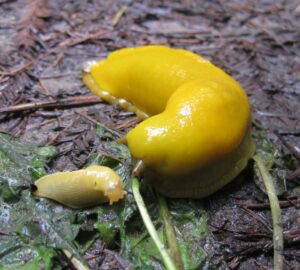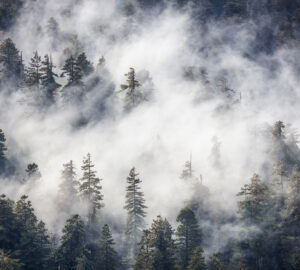Why California's gentle giants deserve a spot on your gratitude list
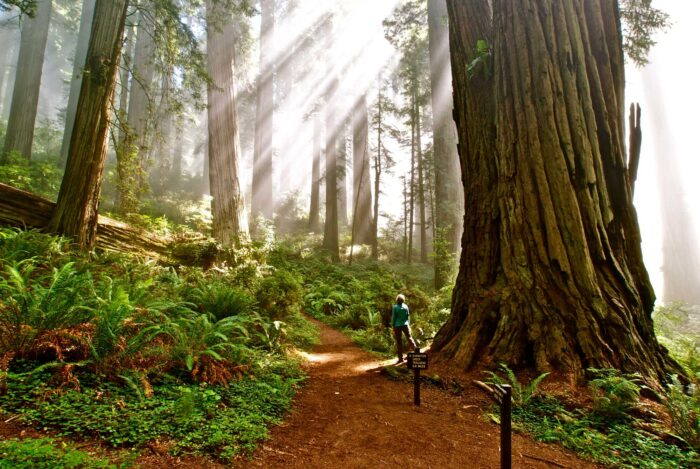
Even with an entire Thanksgiving holiday devoted to gratitude, we often fail to slow down and really appreciate the things that make our lives better. Things like loyal friends, ice cream, and democracy. Things like mind-bendingly ancient redwood trees.
Unsure exactly why coast redwoods and giant sequoias deserve a prime spot on your gratitude list? Let us offer a few inspiring facts:
Redwood forests provide habitat for amazing animals

More than 1,000 plant and animal species thrive in California’s redwood forests. Pileated woodpeckers and leathery bats swoop through the canopy. Gray foxes and black bears prowl the understory. Coho salmon and mountain yellow-legged frogs splash and swim in redwood-shaded streams. Not to mention beloved invertebrates like the brilliant yellow banana slug.
Old-growth redwood forests may boast the greatest biodiversity, but formerly logged forests, if allowed to heal, can also develop the complexity needed to support diverse species. These include the wandering salamander, which can live in dense fern mats that grow on redwood branches over 100 feet in the air. Or the nimble Pacific fisher, a member of the weasel family that makes its den in the fire-carved hollows of giant sequoias.
Learn more about unique plants and animals in the redwoods.
Redwood trees are fierce climate allies
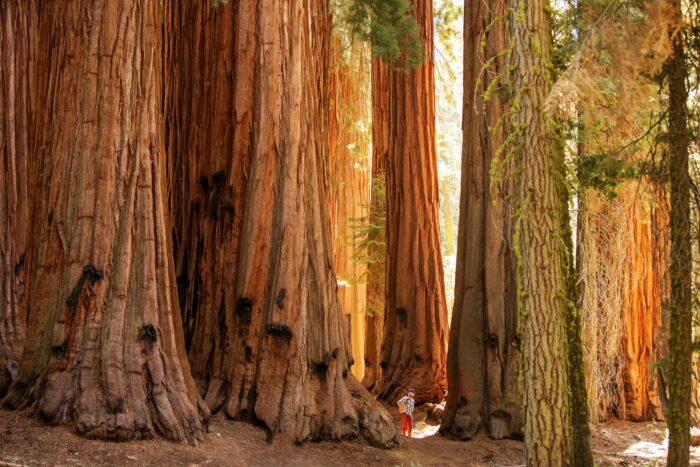
Acre for acre, no other type of forest does as much to remove planet-warming greenhouse gasses from our atmosphere than old-growth redwoods. These ancient giants gobble up carbon like nobody’s business: According to carbon sequestration research out of Cal Poly Humboldt, an acre of old-growth coast redwoods can store up to 890 metric tons of carbon—equivalent to taking 700 cars off the road for an entire year. Just imagine what a vast landscape of redwoods could do.
Like most other plants, redwoods work their magic through photosynthesis, drawing in carbon dioxide and releasing life-giving oxygen back into the air. Redwoods convert the remaining carbon into sugars and eventually wood, adding girth to their trunks and growing new branches and roots. This carbon stays safely locked away for the redwood’s lifetime, which can stretch to over two thousand years.
Learn more about how redwoods can help us fight climate change.
Redwoods do wonders for our water quality
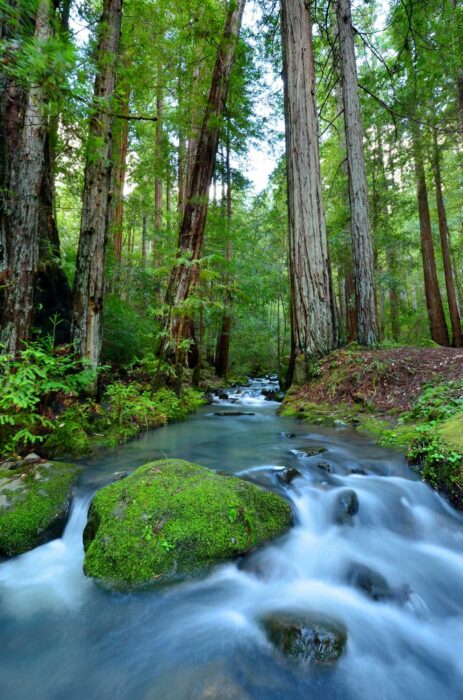
If you’ve ever camped in the redwoods, you’ve probably marveled at the plush, comfy feel of the forest floor beneath your tent. When it rains, this spongy, root-filled layer of soil acts almost like a giant Brita filter, purifying rainwater as it trickles down from above. Big redwoods also pump as much as 500 gallons of water a day from their roots to their crown, transporting it through vascular tissue known as xylem, which has a filtering effect. Researchers have explored using the xylem of conifers as filters to remove pathogens from water.
Across California, healthy redwood forests clean trillions of gallons of water—plenty of which ends up in our drinking glasses. The dense forest canopy also shades rivers and streams, while root systems minimize the erosion of sediment into waterways. This provides coho and Chinook salmon and steelhead trout with the cold, clear water they need to thrive.
Meet the scientists exploring the relationship between redwoods and fog.
Redwoods lift our spirits and improve our health

Exploring a redwood forest is practically guaranteed to improve your mood. It’s something about the dreamily diffuse light, those sturdy “I’ve got your back” tree trunks, the act of tilting your head up towards the green canopy rather than frowning down at your phone. The effect is so calming, doctors prescribe nature walks in the redwoods to address anxiety, stress, and other health issues.
Beyond finding peace and joy in the forest, research shows that spending time in the redwoods and other natural settings can improve immune function and lower cortisol levels, blood pressure, and heart rate. That’s on top of the health benefits of hiking, biking, and other fun physical activities that these magnificent forests inspire.
Learn more about how redwood forests can improve well-being.


